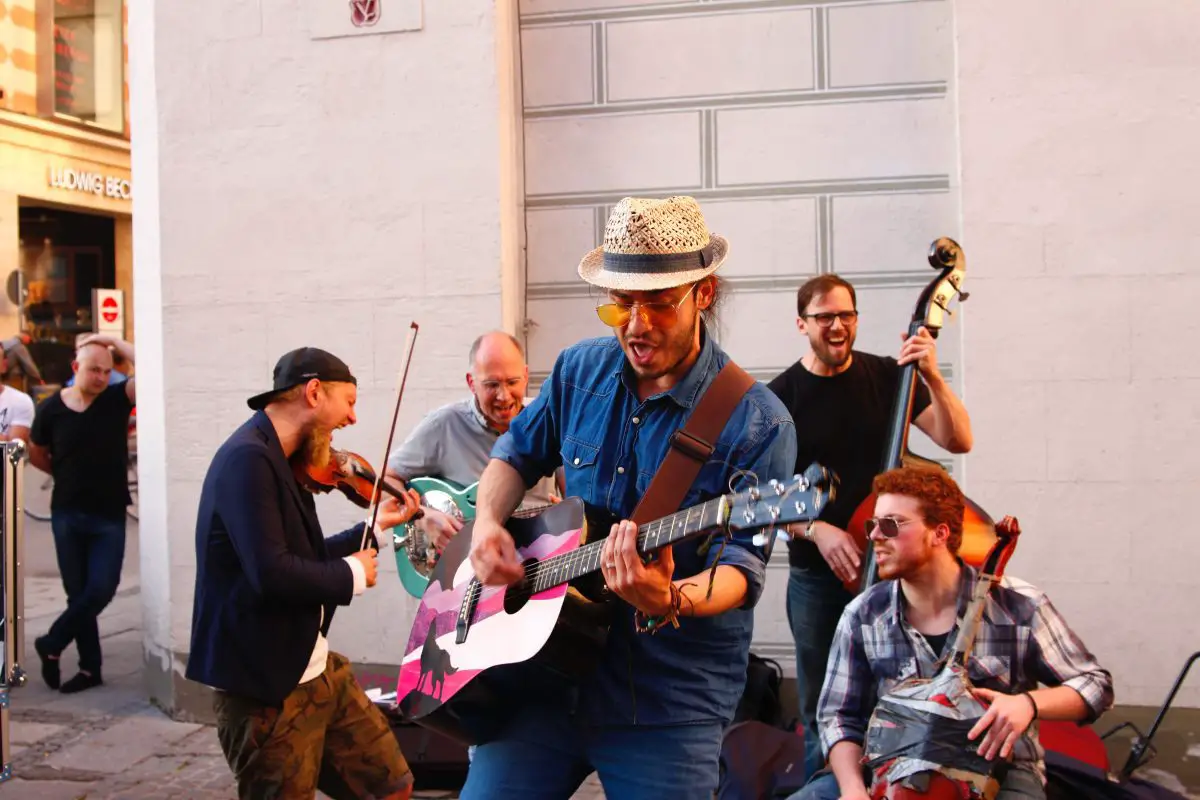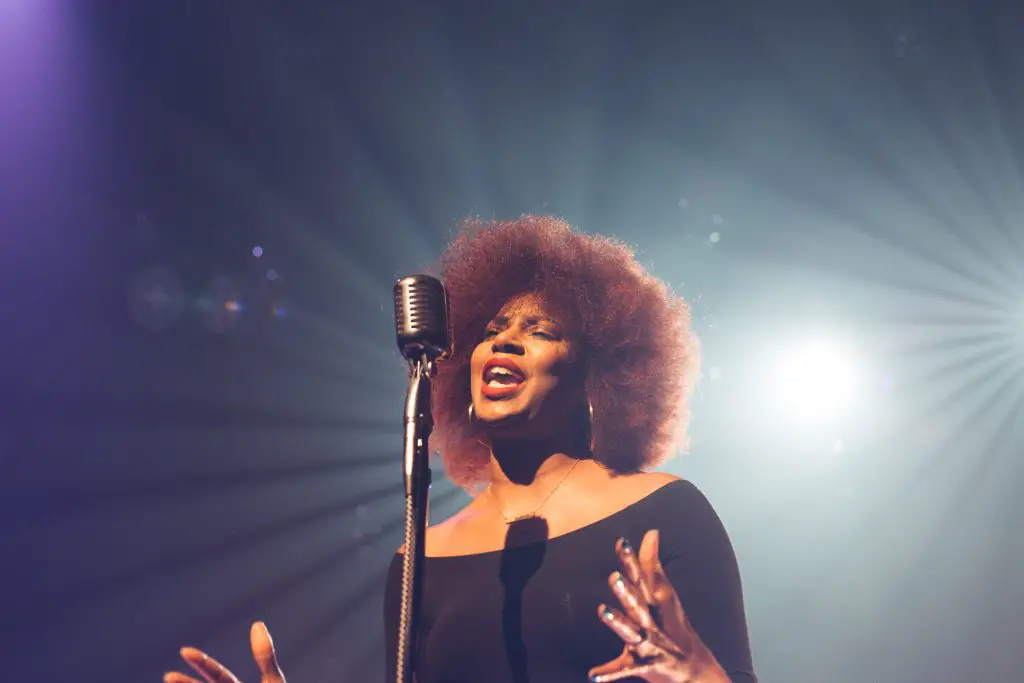Have you ever found yourself tapping your feet or bobbing your head uncontrollably to a catchy tune? Well, my friend, that’s all thanks to the magic of cadence. In this blog, we’ll dive into the delightful realm of cadence, exploring its importance, its different types, and how it shapes the music we adore. So, join me as we unravel the secrets behind those irresistible rhythms and uncover the power of cadence in our favorite melodies. Let’s get our groove on!
What is cadence in music? Cadence is the ending of a musical phrase. Think of it like a full stop at the end of a sentence in a piece of music.
What is cadence in music?
In music, cadence refers to a sequence of chords or harmonic progressions that provide a sense of resolution or closure to a musical phrase, section, or composition as a whole. It is like a musical punctuation mark, signaling the end of a musical idea or phrase and creating a sense of musical structure.

Cadences typically involve the final chords or chord progressions of a musical phrase, which may convey a feeling of stability, finality, or temporary pause. They are often used to mark the end of a musical phrase, section, or the entire composition.
AKAI Professional MPK Mini MK3

AKAI Professional MPK Mini MK3
What are the types of cadence?
There are several types of cadences commonly used in music, including:
1. Authentic cadence
This is considered the most conclusive and stable cadence. It involves a progression from the dominant chord to the tonic chord (V-I or V7-I). For example, in the key of C major, the authentic cadence would be G (the dominant) to C (the tonic).
2. Plagal cadence
Also known as the “Amen cadence,” it creates a peaceful and amen-like resolution. It involves a progression from the subdominant chord to the tonic chord (IV-I). In the key of C major, the plagal cadence would be F (subdominant) to C (tonic).
Cadences play a crucial role in shaping the flow and structure of music, influencing the emotional impact and creating a sense of closure or continuation within a composition.
3. Half cadence
This cadence creates a sense of temporary pause or incompleteness, as it ends on the dominant chord (V) without resolving to the tonic. It can leave the listener with a feeling of expectation for the next musical phrase or section.
4. Deceptive cadence
This cadence adds an unexpected twist by substituting the expected tonic chord with a different chord. It typically involves a progression from the dominant chord to a chord other than the tonic, often the vi chord (V-vi). This cadence can create a sense of surprise or a temporary diversion from the expected resolution.
Cadences play a crucial role in shaping the flow and structure of music, influencing the emotional impact and creating a sense of closure or continuation within a composition. Different cadences are used in various musical genres and styles, contributing to their unique characteristics and expressive qualities.

How can you use cadence in music production?
Understanding cadences isn’t just about wrapping your head around some music theory. It’s a fundamental part of creating music that resonates with your listeners.
When you’re composing or arranging music in your home studio, think about the effect you want to create. Are you looking to give your listener a sense of closure, or are you aiming to keep them on the edge of their seat? Depending on your answer, you might choose to employ finished or unfinished cadences in your music.
Consider this comparison table that shows the various types of cadences in music and their typical emotional associations. Each cadence type creates a different musical effect, lending a unique emotional feel to the piece.
| Cadence Type | Technical Description | Typical Emotional Association |
|---|---|---|
| Perfect Authentic | V – I (Dominant to Tonic) with both chords in root position and the highest voice ending on the tonic note | Finality, conclusion, resolution |
| Imperfect Authentic | V – I (Dominic to Tonic) but with either or both chords inverted, or the highest voice not ending on the tonic note | Less final, less conclusive |
| Plagal | IV – I (Subdominant to Tonic) | Softness, solemnity, often referred to as the “Amen” cadence |
| Deceptive | V – VI (Dominant to Submediant) | Surprise, unpredictability, disruption |
| Half | Any chord – V (Any chord to Dominant) | Unfinished, expectation, tension |
| Phrygian Half | iv6 – V (Minor subdominant in first inversion to Dominant) | Mystery, darkness, exoticism |
| Neapolitan | N6 – V (Neapolitan sixth chord to Dominant) | Tension, instability, drama |
Remember, there’s no right or wrong way to use cadences. It’s all about your artistic intent and how you want to communicate with your audience. And don’t feel like you have to stick to just one type of cadence throughout an entire piece. Mixing and matching different cadences can create a variety of emotional effects and keep your listeners engaged.
Just remember, each cadence has its own unique flavor. Authentic and plagal cadences give a sense of resolution. On the other hand, half and deceptive cadences create a feeling of suspense and anticipation. Understanding these nuances will allow you to manipulate your listeners’ emotions and take your music to a whole new level!
If you want even more great tips and information, watch this video called “Cadences – The 4 types explained” from the MusicTheoryAcademy YouTube channel.
Frequently asked questions (FAQ)
Do you still have questions about what cadence is in music? Below are some of the most commonly asked questions.
How can I recognize different cadences in music?
Recognizing cadences takes practice. The best way to start is by listening to the resolution at the end of musical phrases. If the phrase feels completely finished, it’s likely an authentic or plagal cadence. If it feels incomplete or like it should continue, it’s likely a half or deceptive cadence.
Does modern pop music use all types of cadences?
Yes, modern pop music uses all types of cadences. However, authentic cadence is the most common, especially in traditional pop structures. Deceptive cadence is also quite common in pop music as it creates a surprising turn, keeping the listeners engaged.
Can I create my own type of cadence?
While music theory outlines specific types of cadences, there’s always room for creativity in music. You could indeed invent your own type of cadence by experimenting with different chord progressions. However, the impact of your unique cadence on the listener will ultimately determine its effectiveness.
Conclusion
Well, folks, I hope I didn’t leave you hanging on a half-cadence! Now that you’re equipped with a deeper understanding of cadences, you’re one step closer to making your own Billboard chart-topper.
And did I cover everything you wanted to know? I read and reply to every comment. Let me know in the comments section below. If you found this article helpful, share it with a friend, and check out my full blog for more tips and tricks on understanding music theory. Thanks for reading, and keep hitting those high notes!
Key takeaways
This article covered the role of cadences in music and how understanding them can enhance your music production skills. Here are some key takeaways:
- Cadence is the ending of a musical phrase and can either be finished or unfinished.
- There are four primary types of cadences in music: authentic, half, plagal, and deceptive.
- Authentic and plagal cadences give a sense of resolution, while half and deceptive cadences tend to sound unresolved.
- The choice of cadence can greatly impact the emotional effect of your music.
- Recognizing and experimenting with different cadences can improve your music production and songwriting skills.















